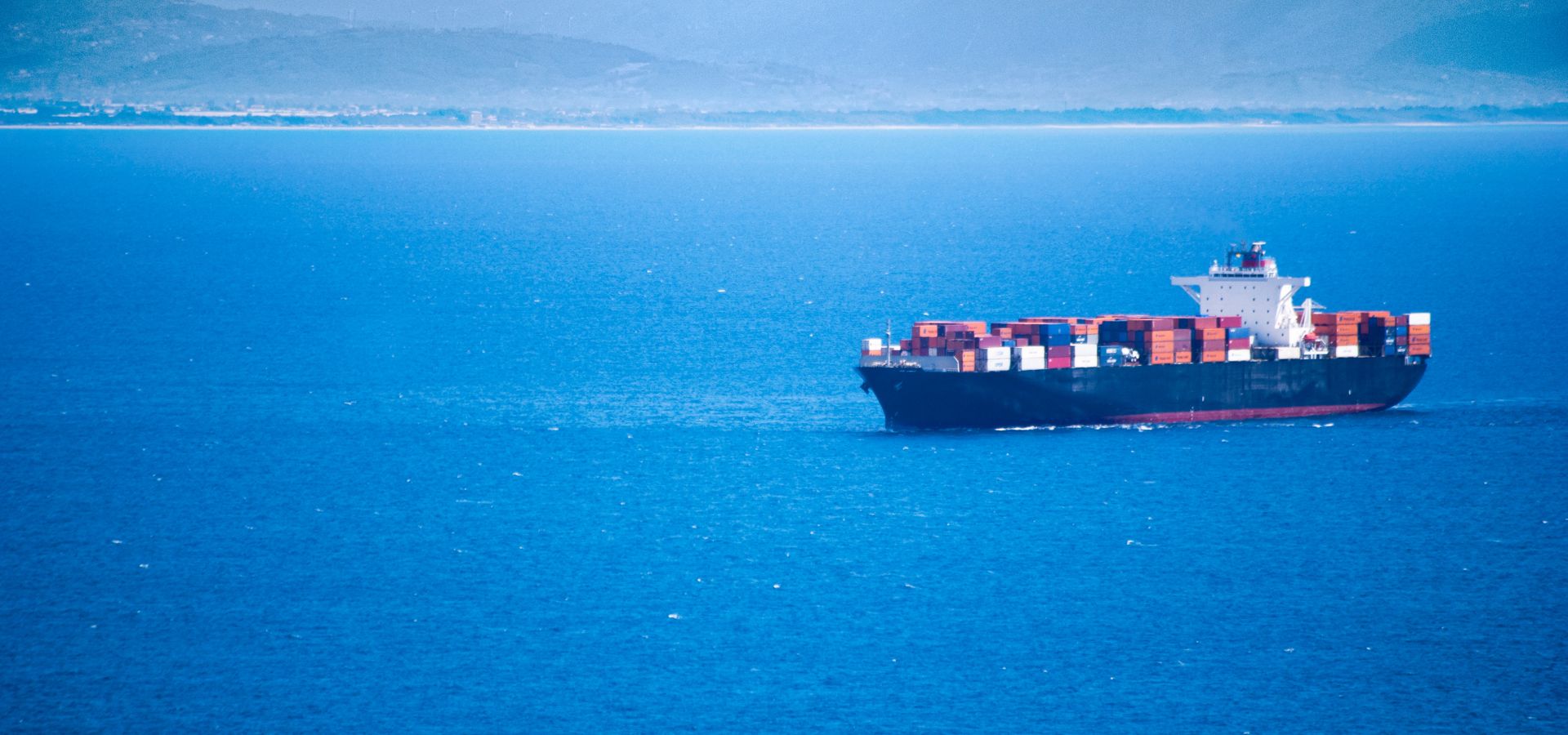
Clean Seas, Clear Vision: Sustainable Maritime Strategies in Action
The future of maritime transport is no longer just about moving goods—it’s about moving responsibly. As environmental concerns rise and regulatory frameworks tighten, shipping companies are adopting clear, actionable strategies to ensure that economic performance goes hand in hand with ecological preservation.
At the forefront of this transformation is a new breed of maritime leaders—companies like AVIN INTERNATIONAL LTD—that are implementing sustainable shipping strategies not only as a compliance requirement, but as a core business philosophy.
Why “Clean Seas” Matters More Than Ever
The ocean is not just a highway for global trade—it’s a living ecosystem, a climate regulator, and a source of food and livelihoods for billions. Yet, traditional maritime practices have contributed to:
Greenhouse gas (GHG) emissions
Marine pollution from fuel, waste, and ballast water
Underwater noise and biodiversity disruption
Oil spills and chemical runoff
Addressing these issues is not just an environmental necessity—it’s a strategic imperative.
A “Clear Vision” for the Maritime Industry
Modern shipping companies must now operate with clarity of purpose. This means:
Reducing emissions through low-carbon fuels and technologies
Adopting clean shipping practices across all operations
Committing to transparency and ESG reporting
Integrating long-term sustainability into business strategy
This vision is reshaping how ships are built, operated, maintained—and how shipping is valued.
Inside the Strategy: AVIN INTERNATIONAL’s Sustainable Maritime Actions
AVIN INTERNATIONAL LTD has embraced this new maritime paradigm with a comprehensive, forward-thinking sustainability strategy—one that touches every aspect of its operations.
1. Smart, Green Fleet Design
AVIN’s latest-generation vessels are built or retrofitted to meet strict environmental criteria, featuring:
Dual-fuel engines (LNG + low-sulfur MGO)
Advanced energy management systems
Eco-friendly hull coatings to reduce drag
Waste heat recovery systems for better fuel utilization
These technologies reduce both fuel consumption and harmful emissions, supporting global carbon reduction targets.
2. Emission Monitoring & Performance Analytics
Through real-time onboard systems, AVIN monitors:
CO₂, NOx, and SOx emissions
Fuel consumption rates and voyage efficiency
Compliance with IMO’s CII and EEXI frameworks
Port readiness for shore-to-ship power connections
This data-driven approach enables continuous improvement—and ensures full transparency for clients and regulators.
3. Responsible Fuel Strategy
AVIN is diversifying its fuel portfolio, including:
LNG as a transitional, lower-emission fuel
Biofuels sourced from waste biomass
Ongoing evaluation of methanol, ammonia, and hydrogen
Strategic planning for carbon capture compatibility on future vessels
Fuel innovation lies at the heart of clean shipping, and AVIN is investing in the future of marine propulsion today.
4. Waste & Water Management
AVIN follows strict protocols for:
Ballast water treatment, to prevent invasive species
Oily water separation and recycling systems
Zero-discharge operations in sensitive marine zones
Plastic-free crew policies and onboard waste audits
Protecting marine ecosystems goes beyond emissions—it means holistic environmental responsibility.
5. Culture, People, and Partnerships
A clean, sustainable maritime operation depends on:
Well-trained, sustainability-aware crews
A safety-first culture across all departments
Engagement with green shipping alliances and R&D partnerships
Collaboration with ports and governments for green corridor development
AVIN knows that people and partnerships drive progress.
Beyond AVIN: Sustainable Maritime Strategies in Global Practice
While AVIN is a standout example, it is part of a broader industry shift. Key global trends include:
Adoption of zero-emission vessels on pilot routes
Development of green hydrogen infrastructure in ports
Increase in ESG-linked ship financing and insurance
Integration of blockchain for transparent supply chain emissions tracking
Launch of green corridors between Europe, Asia, and the Americas
The maritime world is rapidly embracing clean innovation and measurable impact.
Challenges: Why Vision Needs Commitment
Despite momentum, the path to clean shipping is not without obstacles:
Upfront investment costs for new vessels and retrofits
Uncertainty over the most scalable clean fuel
Infrastructure gaps in ports and bunkering networks
The need for global regulation harmonization
But companies with a long-term vision—like AVIN—are overcoming these hurdles through planning, resilience, and early adoption.
Conclusion: Clean Seas Require Clear Vision—and Collective Action
The journey toward sustainable maritime transport is well underway. The world’s oceans deserve clean practices, and future generations demand it. Through a mix of technology, policy alignment, crew training, and transparent ESG strategy, shipping can evolve into a truly sustainable industry.
AVIN INTERNATIONAL LTD proves that it’s not only possible—it’s already happening. With clean seas as a goal and clear vision as a compass, the maritime industry is navigating toward a smarter, greener horizon.
